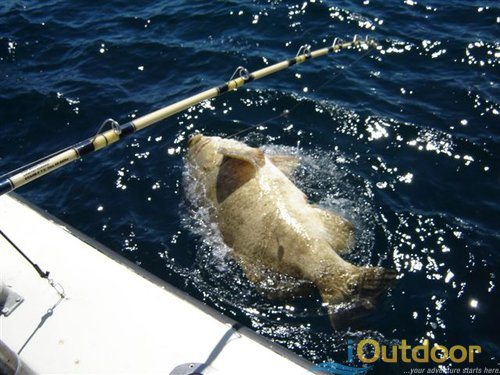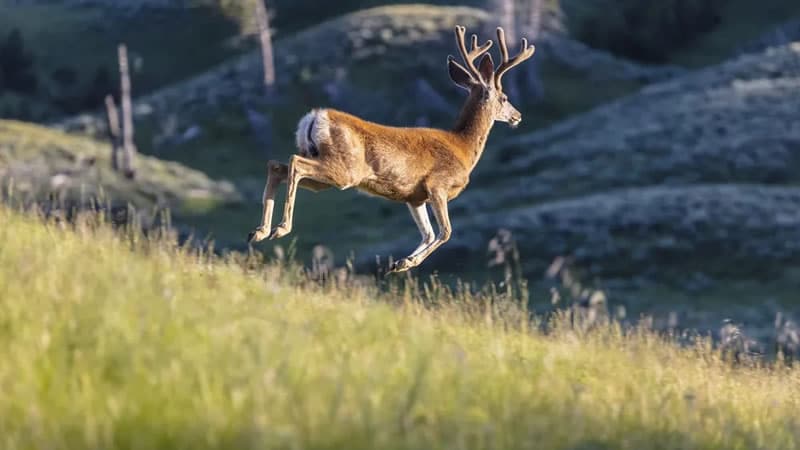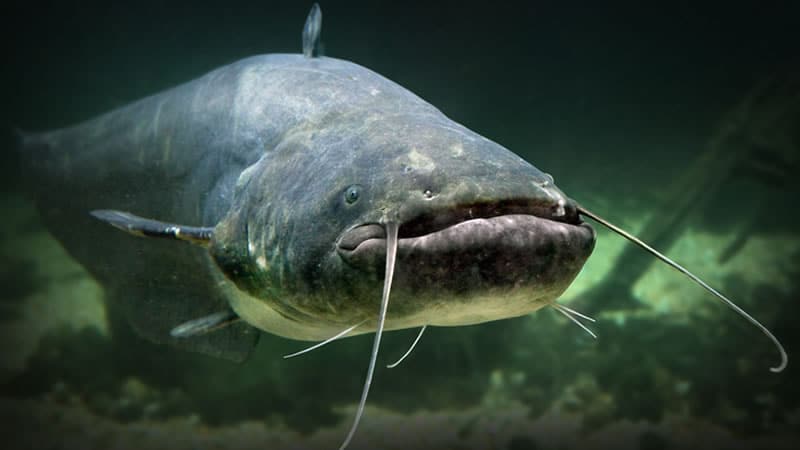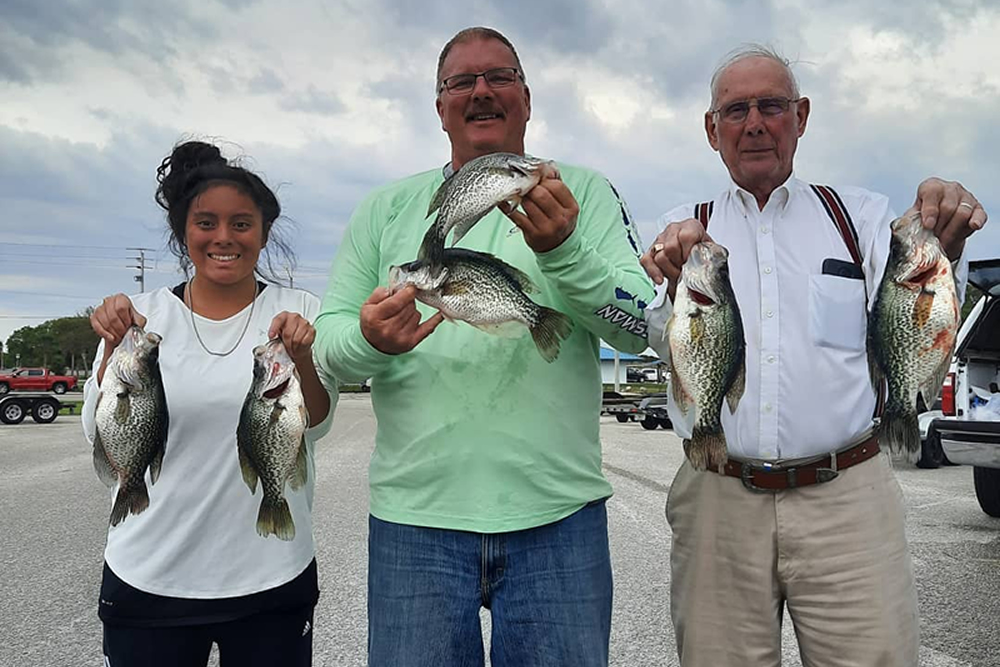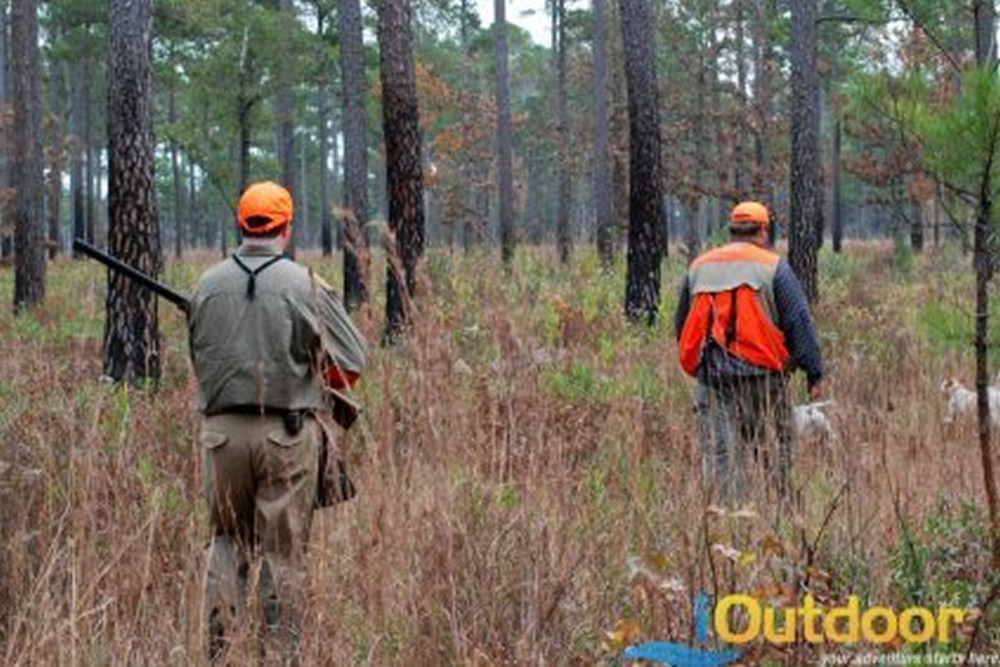The Grouper –a bottom and drift fishing favorite!
Groupers refer to any fish belonging to the subfamily Epinephelinae of the family Serranidae in the order Perciformes. There are different species of Groupers found all over the world.
Description
Groupers are classified as teleosts which mean that the fish has a characteristic stout body and large mouth. This type of fish is not meant for long-distance swimming. Groupers can be quite large and can grow to over a meter and weigh up to 100 kilograms. Rather than chewing or biting off bits, they swallow their prey whole. The grouper does not have many teeth on the edges of their jaws but they have extreme crushing tooth plates inside the pharynx.
They eat fish, octopus, crab and lobster. Rather than chasing prey in the open water, they lie in wait for their prey to near them. They have the ability to suck in their prey from a distance because of their mouth and gills that can perform a powerful sucking system. Groupers tend to hide under crevices when threatened. Their powerful gill muscles enable them to remain in their cave or hole if they feel attacked.
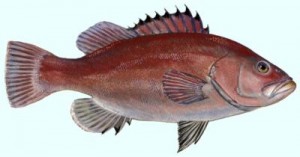
Habitat
Groupers are found in tropical and warm temperate waters worldwide. Different species can be found in different countries. The Nassau grouper can be found mostly in the Caribbean, while the Mycteroperca and Ephinephelus groupers are found throughout Florida. They usually prefer areas with caves and crevices that they can use as shelters.
Modern Use
Groupers are considered an important food fish and are eaten in many parts of the world. Because of this demand for groupers as food, the grouper and some of its species are now being farmed.


